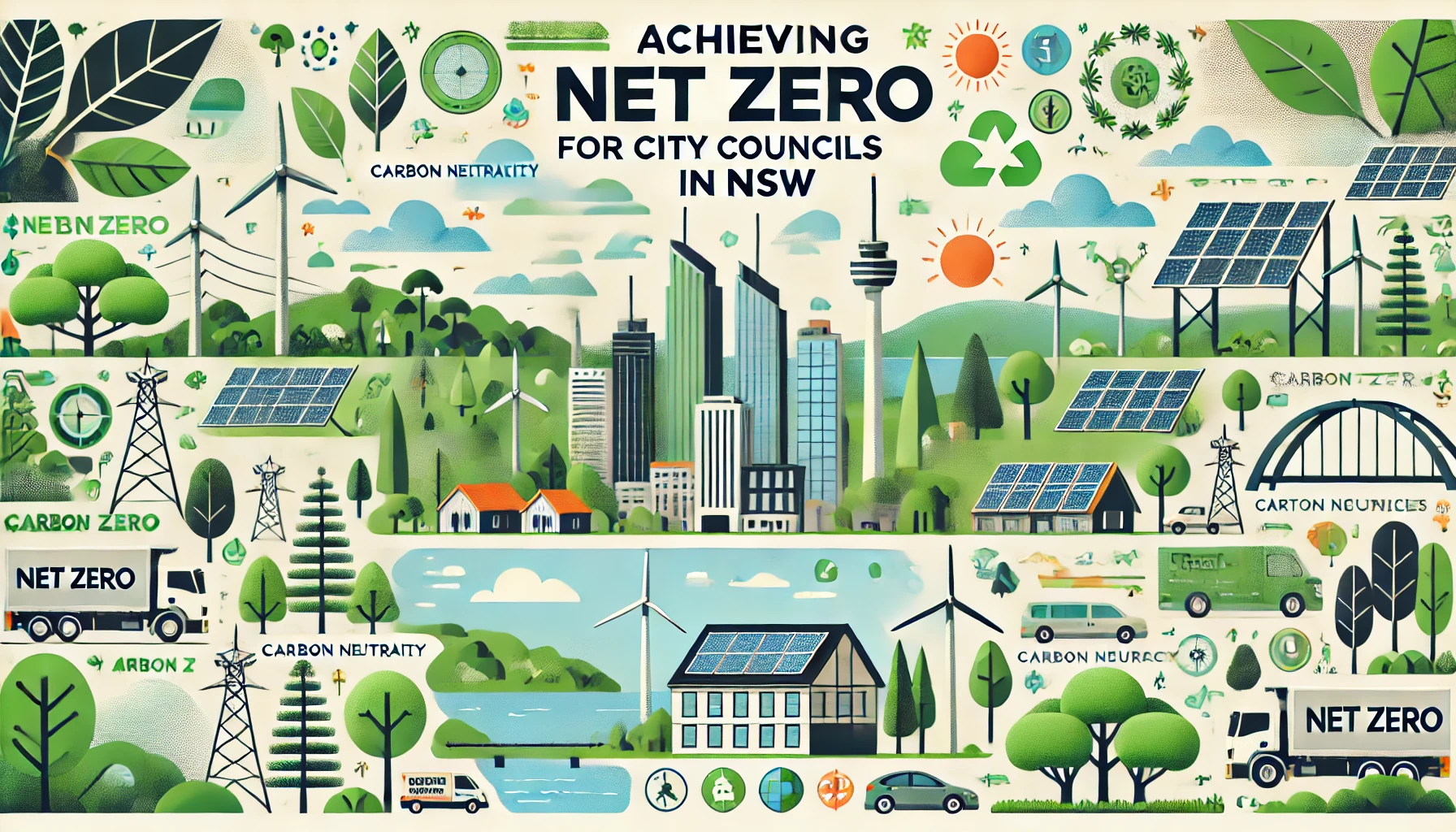Introduction
As businesses worldwide strive to achieve net zero emissions, carbon offsets have emerged as a key mechanism for balancing unavoidable emissions. While carbon offsets offer opportunities for businesses to meet their sustainability goals, they also come with challenges. Understanding what offsets are, their role in achieving net zero, and the tools available for carbon accounting and sustainability reporting is essential for businesses to make informed decisions.
What Are Carbon Offsets?
Carbon offsets are measurable, verifiable reductions in greenhouse gas (GHG) emissions achieved by one party to compensate for emissions produced elsewhere. Projects like reforestation, renewable energy installations, and methane capture generate offsets that organisations can purchase to balance their carbon footprint.
For instance:
- A company emitting 1,000 tonnes of CO2 annually can purchase carbon offsets equivalent to 1,000 tonnes from a verified renewable energy project.
Offsets fall into two broad categories:
- Avoidance/Reduction Offsets: Prevent emissions that would have otherwise occurred (e.g., renewable energy projects).
- Removal Offsets: Actively remove carbon from the atmosphere (e.g., afforestation and carbon capture technologies).
The Role of Carbon Offsets in Achieving Net Zero
Carbon offsets are particularly valuable when a business has exhausted all feasible measures to reduce emissions internally.
- Complementary Measure: Offsets supplement internal emission reduction strategies but are not a replacement for them.
- Pathway to Net Zero: For industries with hard-to-abate emissions (e.g., manufacturing, aviation), carbon offsets are critical to bridging the gap to net zero.
- Global Contribution: Investment in offset projects often supports environmental and social benefits, such as biodiversity conservation and community development.
Key Considerations When Purchasing Carbon Offsets
Businesses need to ensure that the offsets they purchase are credible, effective, and aligned with global standards. Here are key factors to consider:
1. Additionality
- Offsets must represent emission reductions that would not have occurred without the project.
2. Verification and Certification
- Offsets should be verified by recognised third-party standards to ensure credibility and transparency.
3. Permanence
- Ensure the carbon reductions are long-term. Projects like afforestation must mitigate risks like deforestation or fire.
4. Leakage
- Offsets should not cause emissions to increase elsewhere (e.g., deforestation shifting to another region).
5. Transparency
- Offset projects must offer transparent reporting on carbon savings and their impact.
Challenges with Carbon Offsets
Despite their potential, carbon offsets face several challenges:
- Risk of Greenwashing: Misuse of offsets can allow businesses to claim net zero without reducing actual emissions.
- Quality Assurance: Ensuring the credibility and effectiveness of offsets can be complex.
- High Costs: Purchasing high-quality offsets can be expensive, especially for small businesses.
- Complex Standards: Navigating verification frameworks and regulations requires expertise.
To overcome these challenges, businesses must prioritise transparency, accountability, and a clear sustainability strategy.
Tools for Carbon Accounting and Sustainability Reporting
Accurate carbon accounting and sustainability reporting are critical for organisations to measure, reduce, and offset emissions effectively. Here are key elements to consider:
- Emission Measurement Frameworks
- Use established frameworks to measure GHG emissions across operational scopes.
- Carbon Footprint Calculations
- Adopt tools that allow businesses to calculate their emissions and identify offset requirements.
- Sustainability Reporting Standards:
- Align with established global standards to ensure transparent and consistent reporting.
- Carbon Management Approaches:
- Implement internal systems to track emissions, manage reductions, and integrate offset strategies.
- Life Cycle Assessments
- Evaluate the environmental impact of products and services to identify areas for improvement.
Opportunities for Businesses
Investing in carbon offsets presents numerous opportunities for businesses:
- Enhanced Corporate Reputation: Demonstrating a commitment to sustainability improves brand image.
- Regulatory Compliance: Many regions require businesses to offset emissions to meet regulatory standards.
- Competitive Advantage: Sustainability efforts can attract environmentally conscious investors and customers.
- Innovation and Collaboration: Partnering with offset projects fosters innovation and supports global climate goals.
Conclusion
Carbon offsets are a valuable tool for businesses on the path to net zero emissions, particularly for addressing residual emissions. However, businesses must prioritise high-quality offsets, ensure transparency, and use credible carbon accounting practices to maximise the benefits of offsetting.
At Boson Dynamics, we specialise in helping businesses develop tailored sustainability strategies, including carbon accounting, offset evaluations, and sustainability reporting. Partner with us to navigate the challenges and opportunities of achieving net zero goals.


